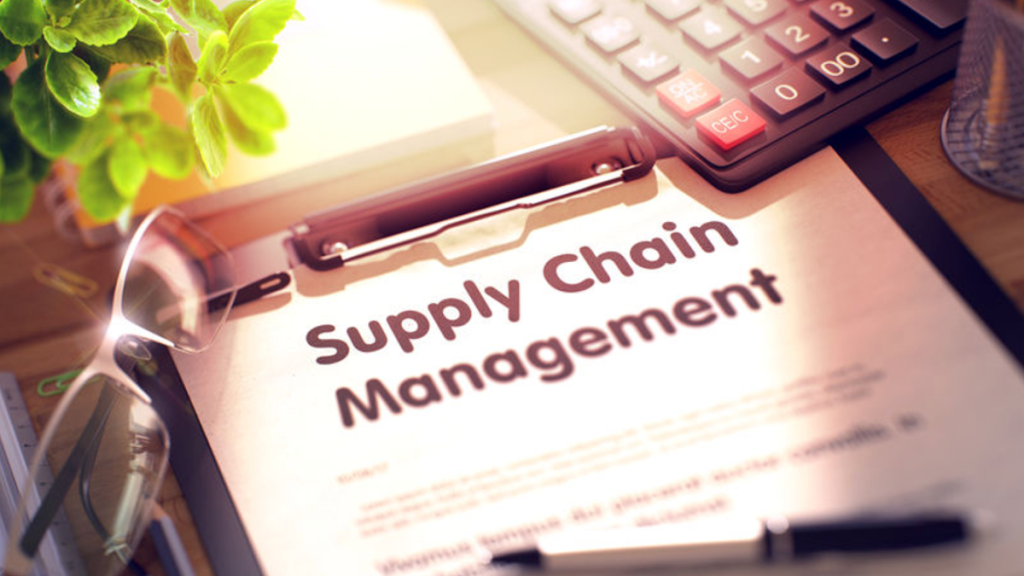Among the most transformational advances that have made inroads to address this problem is the insertion of real-time monitoring systems. These technologies give companies an actionable ‘proactive’ compliance approach that traditional systems do not. They provide visibility, traceability, and accountability.
The Evolving Regulatory Landscape
Given the growing interest in sustainability, labor rights, product safety, and environmental impact, the regulatory environment for supply chains has become more complex. For instance, with the EU’s Corporate Sustainability Due Diligence Directive (CSDDD), the Uyghur Forced Labor Prevention Act, etc., organizations risk penalties, damage to reputation, and even legal recourse if found non-compliant.
Historically, companies have conducted periodic audits, manual inspections, and post-the-fact reporting to guarantee compliance. These methods can discover problems but are reactive, and bugs are typically discovered after they cause damage. However, real-time monitoring allows companies to detect and resolve real-time compliance issues to minimize risks and be more responsive.
What is Real-Time Monitoring?
Real-time monitoring continuously collects, analyzes, and reports data from points along the supply chain. Sensors, IoT devices, GPS trackers, etc., are integrated into logistics and system production to gather this data. Supply chain managers can input this data into the various reports for dashboards that will power analytics and artificial intelligence, giving them immediate insights into operations.
At this level of visibility, they can monitor product conditions (temperature, humidity, and handling), shipments (progress), suppliers (performance), and employees (practices). The system can trigger automatic alerts when, for instance, a shipment fails to arrive when expected, the temperature requirements of the final product are not met, or a supplier does not satisfy significant labor standards.
How Real-Time Monitoring Enhances Compliance in Multiple Dimensions
Real-time monitoring of the supply chain is one of the biggest innovations that has changed the way businesses do business worldwide. Below are the reasons why real-time monitoring improves compliance in the supply chain.
Traceability and transparency
One key benefit of real-time monitoring is end-to-end traceability. The product’s journey from origin to delivery is often documented in regulatory frameworks. Due to the real-time data, digital documentation can be made of every step, resulting in a reliable audit trail.
Not only does this help a company fit under the radar of laws such as the Food Safety Modernization Act or REACH, but it also makes for a trusted company among consumers regarding sourcing, manufacturing, and other practices.
Risk detection and mitigation
Such monitoring lets companies identify risks before they become compliance violations in real-time. For example, if a supplier doesn’t practice labor ethics or a shipment deviates from storage practices, the system will immediately address the issue. This proactive capability eliminates the risk of fines or recalls and fosters a culture of continuous improvement.
Automation of compliance reporting
Manual collection and compilation of such reports is time-consuming. Data collection and generation in real-time does not need to be done manually for the data to be available for companies when they need it required by the audit or regulatory query. The result is a decreased administrative burden associated with higher accuracy, freeing up resources for strategic initiatives.
Supplier accountability
Companies are more responsible for the impacts from their suppliers than just their immediate operations. A number of real-time monitoring tools can be extended to monitor supplier compliance, allowing businesses to enforce contractual obligations and sustainability commitments.
Specifically, blockchain and IoT technologies are instrumental in delivering this from a secure, tamper-proof record of supplier behavior.
Industry Applications and Success Stories
Real-time monitoring is a big benefit to industries with complex and sensitive supply chains, including pharmaceuticals, food and beverage, electronics, and others. For instance, pharmaceutical companies use existing IoT sensors to guarantee that the drugs remain at the correct temperatures throughout delivery.
Any deviated amount is immediately reported, and timely intervention is effected to prevent spoilage and regulatory breaches. Real-time soil and climate sensors for agriculture help producers meet agricultural and environmental regulations while achieving the best yield results.
At the same time, the apparel industry has been using real-time supplier monitoring to guarantee that ethical labor practices are being carried out. Hence, they meet the compliance standards and appeal to socially conscious consumers. Using regulatory compliance software will ease your stress and ensure that your company does not pay penalties for defaulting. Besides, some of the activities can be automated to reduce stress.
Conclusion
Companies are revolutionizing regulatory compliance through real-time monitoring. This helps organizations practice the art of the supply chain and enables them to do so with agility, confidence, and integrity by transforming visibility into action and data into accountability.




